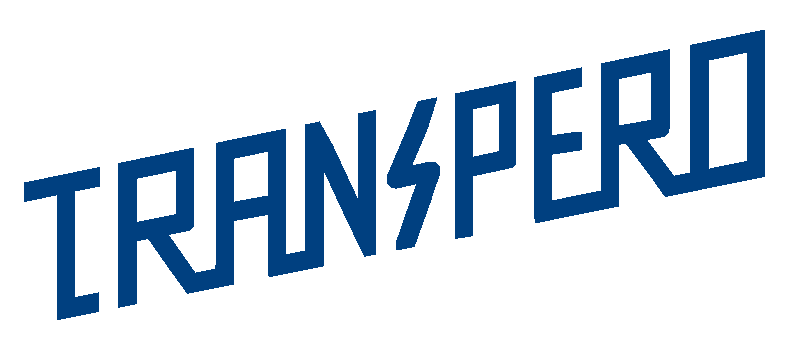
Supply chains have been around for thousands of years, but they’ve been adapted and expanded to meet the demands of modern society. It’s a web of interconnected processes that move raw materials and finished goods from suppliers to retailers, distributors, manufacturers, or other markets. On the other hand, if you want to use Ethereum, then you may visit reputable websites to understand its features and applications.
It establishes an organization’s business strategy by identifying where it sources its raw materials, what it produces as finished goods, how long these products can be expected to last, and its financial needs for inventory management and other activities.
Depending on the product type that a company produces or sells, it will have different supply chains, often called “value chain” or “supply chain.” The difference is that supply chains are simultaneously a network of business relationships or competencies between various actors involved in producing and delivering goods.
It has been known since 2012 that Ethereum could create distributed applications involving computation, asset tracking, and more. Blockchain technology of Ethereum could have many uses, but supply chain disruption is probably the most critical application of these technologies.
Contents
Ethereum: The Disruptive Platform
Blockchain technology can quickly and easily model supply chain structure and operations because it inherently demonstrates provenance information. When coupled with a token representing ownership of assets, all stakeholders can verify whether the assets are owned by their rightful owners, which Ethereum is doing right now.
For instance, in a supply chain scenario, when a company purchases a commodity from a supplier, for example, through an invoice, which then needs to be tracked along the supply chain to ensure that the company has received what was contracted for and hasn’t received more than was agreed, blockchain technology can guarantee the integrity of this information.
Features of Ethereum that may enable it to replace current supply chain infrastructure:
Advertisement
It has significantly advanced the concept of shared consensus among multiple parties instead of a single central authority managing all aspects of the network itself. There are two types of decentralization; both ultimately end up in the same place – no central authority controlling everything that happens on it, and everyone has a stake in the decision-making process.
In the first type, which we generally call permission-less decentralization, Anyone may join the network, participate in it, and make modifications thanks to Ethereum’s rapid deployment. Given that it violates many fundamental ideals, it begs for regulation and government inspection.
The second type is permission decentralization, where there is no open participation in the network, but permissions are granted to different actors or nodes. For example, these may have a right to create transactions, send messages, or even vote on governance changes on the Ethereum blockchain. Organizations might adopt such a system because they have regulatory needs that they want to adhere to, or they want their privacy protected on a public network like Ethereum.
Decentralized Apps on Ethereum:
There is a real opportunity for Ethereum to build more and better applications that work on top of the blockchain itself. Many supply chain solutions will not be able to fully benefit from blockchain technology until the supply chains have a digital platform that facilitates the sharing and collaboration between all parties involved in that supply chain. Supply chain management companies or organizations can use them because they can share information and make decisions without relying on a central authority.
Use of Multi-signature in Ethereum:
Applications built on the Ethereum network can implement their own rules for accessing, storing and using the data they create.In the supply chain space, some users, however, are likely to have different norms than others. Multi-signature transactions, which demand consent from several parties before modifications or updates are made to a blockchain, are the answer to this problem.
Benefits of Building Supply Chains on Ethereum:
Ethereum also has a very versatile programming language called Solidity, specifically developed for building smart contracts.
What are gas fees in Ethereum?
Ethereum gas fees are a fee required to execute a smart contract. These fees are collected by the miner who validates each transaction. The future of the Ethereum network is predicted to have more transactions (gas) per second, which means that miners will take more time to process each transaction. In addition, the demand for ethers built into the current system is expected to increase due to cryptocurrency’s popularity becoming more widespread and engaging in global payment systems.
